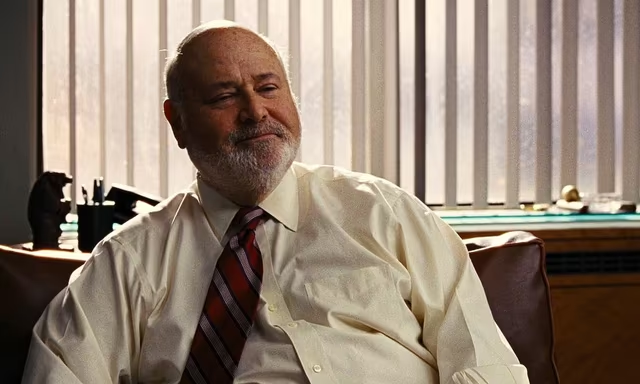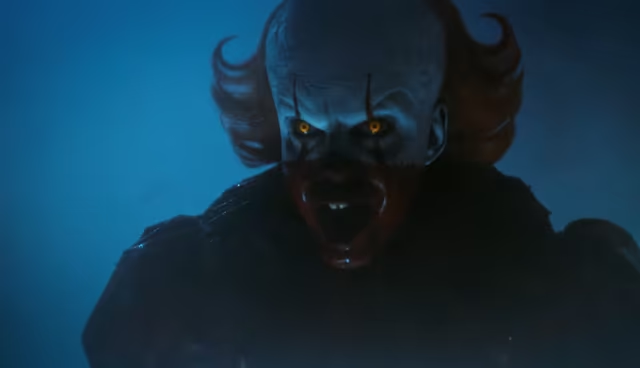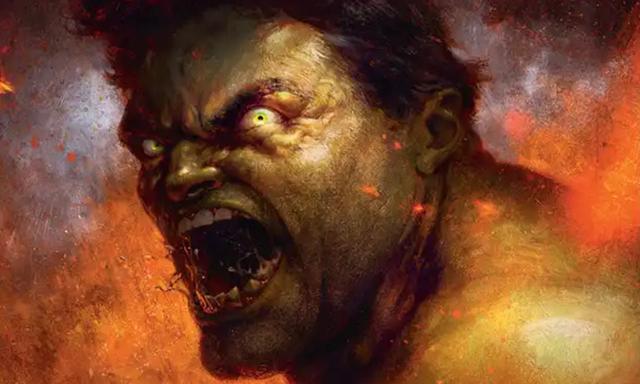If you click on a link and make a purchase we may receive a small commission. Read our editorial policy.
Bill Watterson calls collaboration with The Mysteries' artist John Kascht “appallingly inefficient and wasteful”
Bill Watterson and John Kascht wrestled with radically different ideas and art styles in creating their new book The Mysteries.

Ten years ago, Calvin and Hobbes creator Bill Watterson decided to write a new story, thinking it might be something he could paint. But the tale that came out, The Mysteries, about a community of people terrified of unseen creatures, stumped him. “I was baffled to discover that I had no idea what the pictures should be,” Watterson explains in a video accompanying the book’s release.
Years later, he met celebrated caricaturist John Kascht as Kascht was looking for new challenges. The two decided to try working together on Watterson's story, a process which Watterson describes in retrospect as “like driving a car with two steering wheels.” Watterson’s approach is intuitive: “I don’t know where the picture is going, I want the result to surprise me." And his instincts for the Mysteries were toward the evocative, "like a half-remembered dream."

Meanwhile, the two of them decided to construct the art rather than draw it - Kascht was building beautifully detailed pieces with specificity that was the opposite of what Watterson wanted. “For me any jump to literal appearances and physical things just sort of popped the bubble,” says Watterson. “I kept vetoing his pieces saying, ‘This is too much information…this looks too real.’”
“It would be hard to overstate the incompatibility of our creative approaches,” acknowledges Kascht. “Our collaboration wasn’t a matter of compromise so much as collision. Over and over we hurled ourselves at each other, my detailed realism smashing into Bill’s stripped down primitism.”
"We were basically drawing the map as we wandered around," says Watterson. "Our process was appallingly inefficient and wasteful."
The two had decided from the start that neither would be able to have the final say on anything. “Either one of us could veto anything for any reason,” Watterson explains. “We proceeded only if we both agreed.” Consequently, after a year they had nothing to show but their continued confidence in each other. “It was a given that we always had each other’s backs,” says Kascht.
Their breakthrough came when they stopped trying to find a style that fit them both and instead simply placed their work side by side, Watterson’s rough art next to Kascht’s detailed work. “The juxtaposition made no sense stylistically,” Watterson remembers. “But the visual tension of that incompatibility created a weird energy, and we both recognized it.”
“Things clicked when we gave up,” agrees Kascht. “The experience of being lost, that was our common ground.”
The two find the result, a set of haunting black and white images reminiscent somehow of both the Rankin/Bass stop motion animation of the 1960s and Ingmar Bergman’s Seventh Seal, a cause for pride and awe. “Working through differences toward a common purpose is practically an act of defiance these days,” says Kascht. “I’m as proud of that as of any other aspect of our collaboration.”
“The process of making these pictures was absolutely fascinating,” says Watterson, “but it was a bit mysterious in itself, which seems perfectly fitting for this book. And in hindsight I don’t think it could have happened any other way.”
The Mysteries is currently on sale.
Calvin and Hobbes creator Bill Watterson's long-awaited return polarizes fans
Follow Popverse for upcoming event coverage and news
Find out how we conduct our review by reading our review policy
Let Popverse be your tour guide through the wilderness of pop culture
Sign in and let us help you find your new favorite thing.
















Comments
Want to join the discussion? Please activate your account first.
Visit Reedpop ID if you need to resend the confirmation email.